Understanding the Urgency of Greener Housing Construction
Embracing Reality: Transition Greener Housing Construction In an era marked by environmental concerns and climate change, the need for sustainable practices extends to every facet of human activity, including housing construction. The construction industry, traditionally associated with significant environmental degradation and resource consumption, is undergoing a necessary transformation towards greener and more sustainable practices. This shift is imperative to mitigate the ecological footprint of urban development and ensure a habitable future for generations to come.
The Current State of Housing Construction: Environmental Impact Assessment
The construction industry, while essential for societal development, is a major contributor to environmental degradation. From the extraction of raw materials to the generation of construction waste and carbon emissions, each phase of building construction poses significant environmental challenges. Traditional construction methods often prioritize short-term cost efficiency over long-term sustainability, resulting in a substantial ecological footprint.
Misconceptions vs. Reality: Debunking Myths about Green Construction
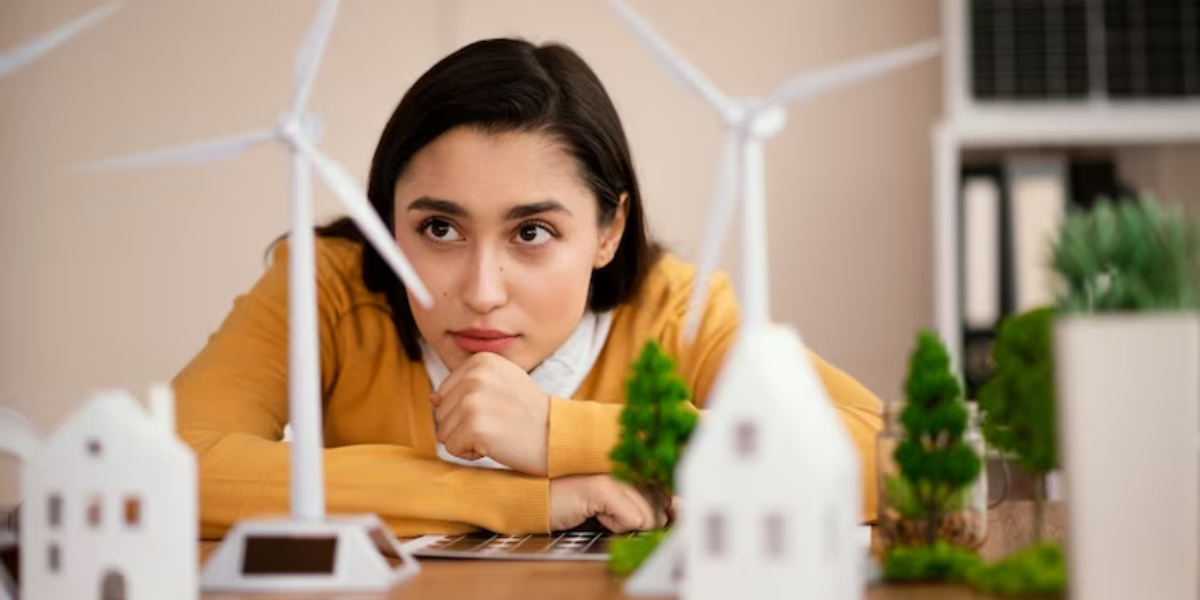
Despite growing awareness, misconceptions surrounding green construction persist. One common myth is that sustainable building practices are prohibitively expensive. In reality, while upfront costs may be slightly higher, the long-term benefits, including reduced energy consumption and operational expenses, often outweigh initial investments. Additionally, advancements in technology and increased market demand are driving down the costs of green construction materials and technologies.
Benefits of Transitioning to Greener Housing Construction
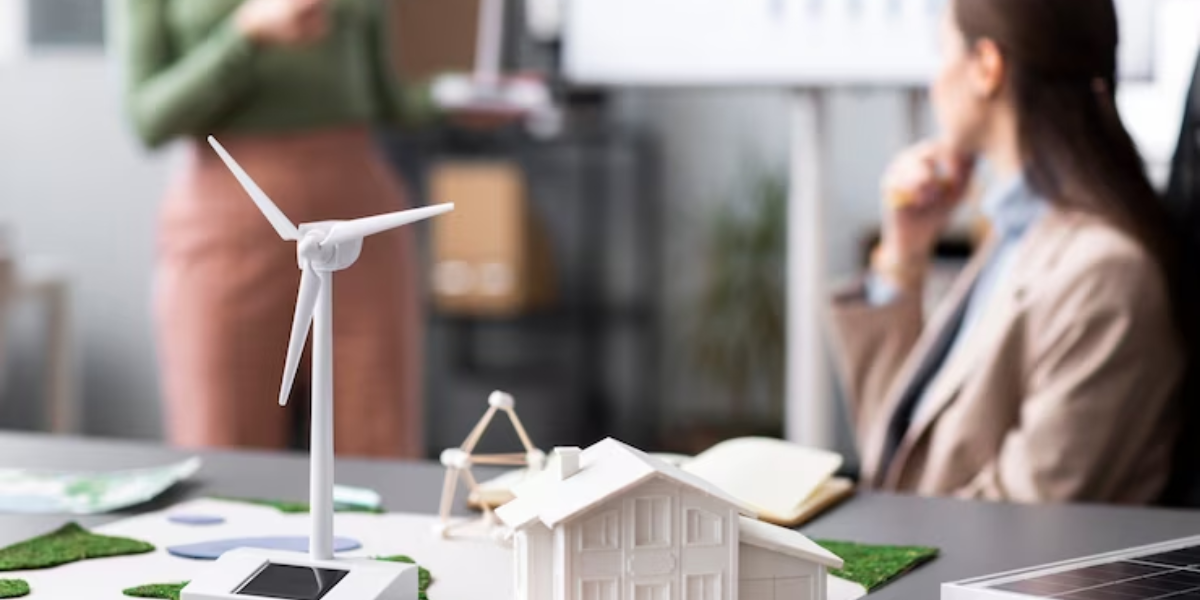
The transition to greener housing construction offers a myriad of benefits, both environmental and economic. From reduced carbon emissions and energy savings to improved indoor air quality and enhanced occupant health and comfort, the advantages of sustainable building practices are manifold. Furthermore, green buildings command higher property values and rental rates, providing a competitive edge in the real estate market.
Barriers to Green Construction Adoption
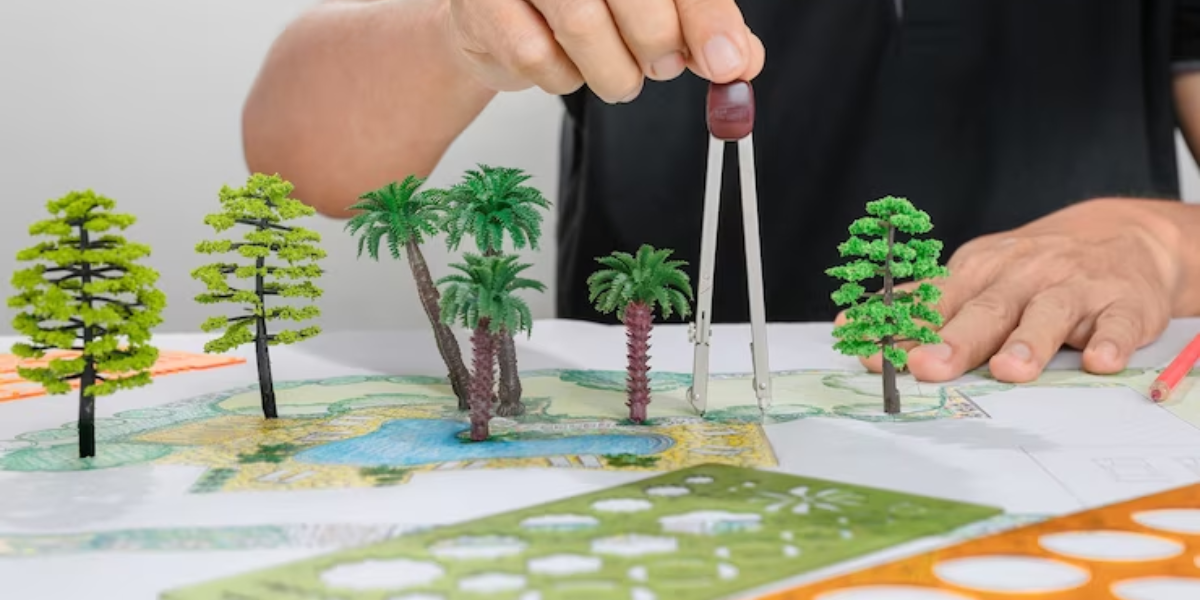
Despite the evident benefits, several barriers hinder the widespread adoption of green construction practices. These include perceived high initial costs, a lack of awareness and expertise among industry professionals, resistance to change within established construction practices, and regulatory challenges. Overcoming these barriers requires concerted efforts from stakeholders across the construction value chain.
Practical Solutions for Overcoming Barriers
Addressing the barriers to green construction adoption necessitates a multifaceted approach. Educating industry professionals about the benefits and techniques of sustainable building practices is crucial. Additionally, governments can implement supportive policies, such as tax incentives and regulatory frameworks promoting green building standards. Collaborative initiatives between policymakers, industry stakeholders, and academia can facilitate knowledge exchange and innovation in sustainable construction.
Material Selection: Key Considerations for Sustainable Construction
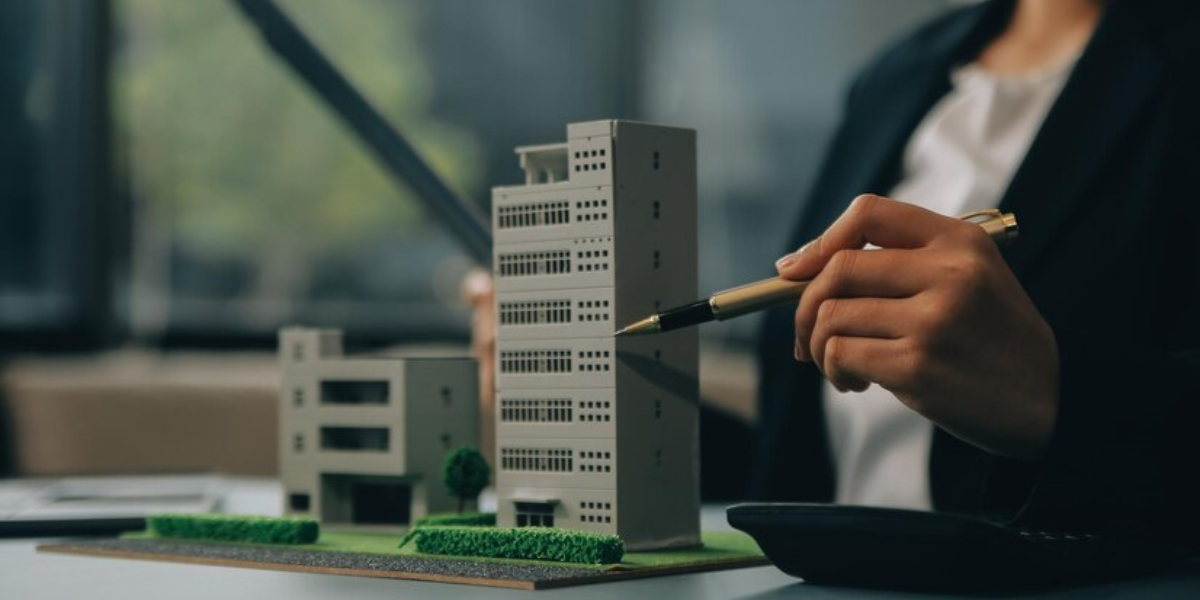
Material selection plays a pivotal role in the sustainability of housing construction. Opting for environmentally friendly materials with low embodied energy and high recyclability reduces the environmental impact of construction projects. Sustainable alternatives to conventional materials, such as recycled steel, bamboo, and engineered wood products, offer comparable performance with significantly lower environmental footprints.
Energy Efficiency in Housing: Strategies and Innovations
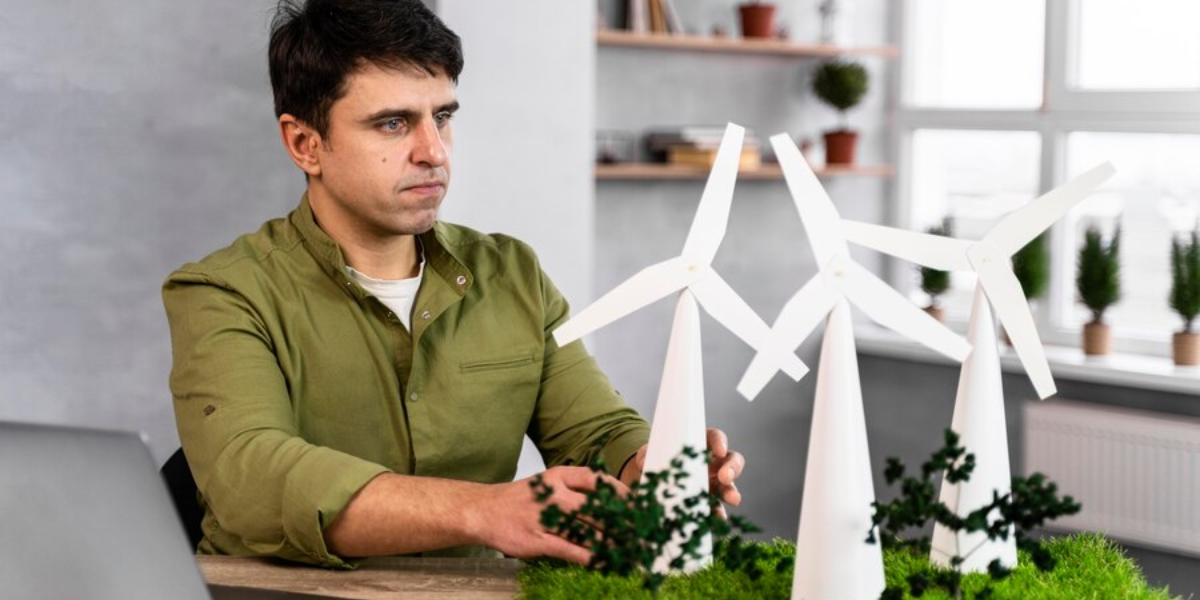
Energy efficiency is a cornerstone of green housing construction. Incorporating passive design strategies, such as proper insulation, orientation, and shading, minimizes the need for mechanical heating and cooling, thus reducing energy consumption. Additionally, integrating energy-efficient appliances, lighting, and renewable energy systems further enhances the sustainability of residential buildings.
Embracing Renewable Energy Sources in Construction
Renewable energy sources, such as solar, wind, and geothermal power, offer abundant and clean alternatives to fossil fuels in housing construction. Solar photovoltaic panels, in particular, have witnessed a surge in popularity, thanks to declining costs and technological advancements. Integrating renewable energy systems into building design not only reduces reliance on grid electricity but also contributes to carbon emissions reduction goals.
The Role of Technology in Green Housing Construction
Advancements in technology are revolutionizing green housing construction practices. Building Information Modeling (BIM), for instance, enables architects and engineers to visualize and optimize building designs for sustainability and energy efficiency. Moreover, innovations in prefabrication and modular construction streamline the building process, minimize waste, and enhance project efficiency.
Regulatory Frameworks and Incentives for Green Building
Governmental support through regulatory frameworks and incentives is instrumental in promoting green building practices. Mandatory building codes and certification standards, such as LEED (Leadership in Energy and Environmental Design) and BREEAM (Building Research Establishment Environmental Assessment Method), set benchmarks for sustainability and incentivize developers to adopt green building practices through tax credits, grants, and expedited permitting processes.
Economic Viability: Analyzing Costs and Returns
While the transition to greener housing construction entails upfront costs, the long-term economic benefits are compelling. Studies have shown that investments in sustainable building practices yield positive returns through reduced operating expenses, increased property values, and higher tenant satisfaction and retention rates. Moreover, the growing demand for sustainable buildings among environmentally conscious consumers further drives market competitiveness and profitability.
Moving Towards a Sustainable Future in Housing Construction
In the imperative to transition to greener housing construction is undeniable. By embracing sustainable building practices, stakeholders can mitigate environmental degradation, enhance energy efficiency, and create healthier and more resilient communities. Overcoming barriers to adoption requires collaborative efforts from policymakers, industry professionals, and consumers alike. As we strive towards a sustainable future, the transformation of housing construction must be grounded in reality, guided by evidence-based solutions and a collective commitment to environmental stewardship.
Click here for more visited Posts

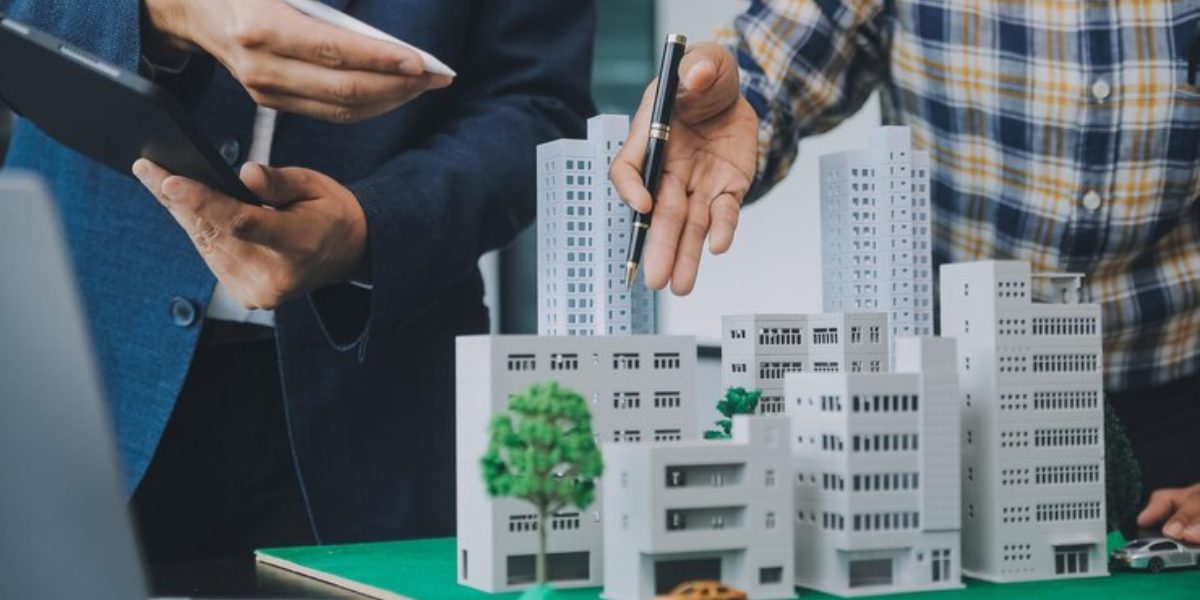
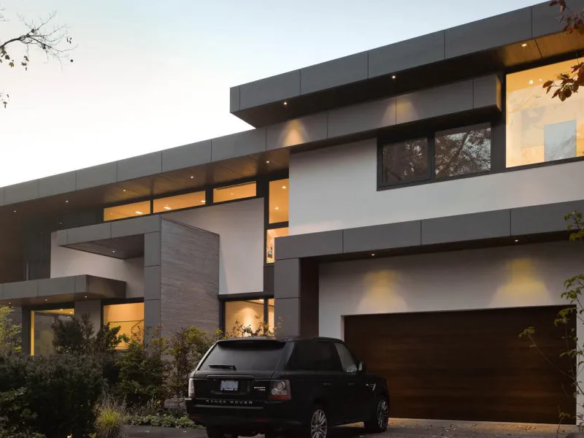
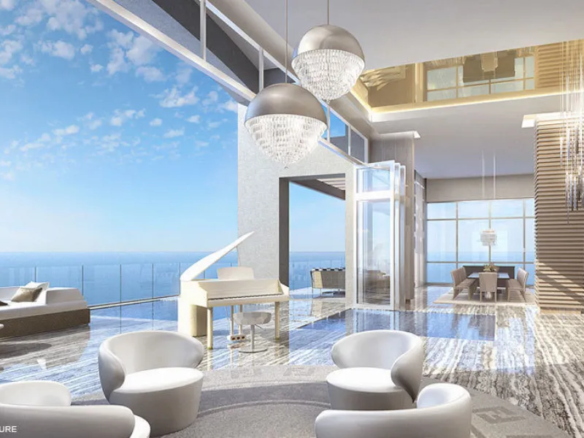

Join The Discussion